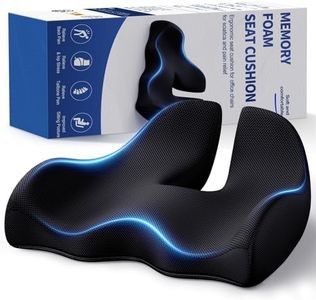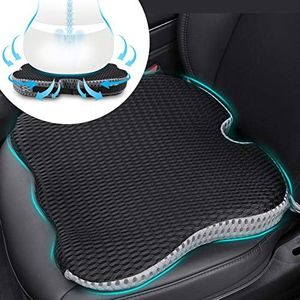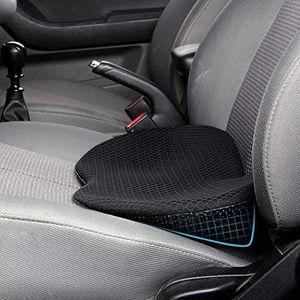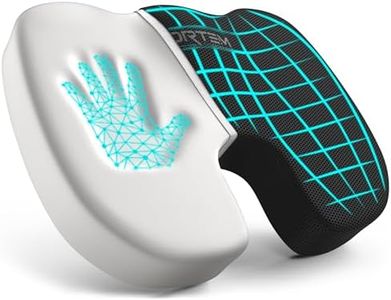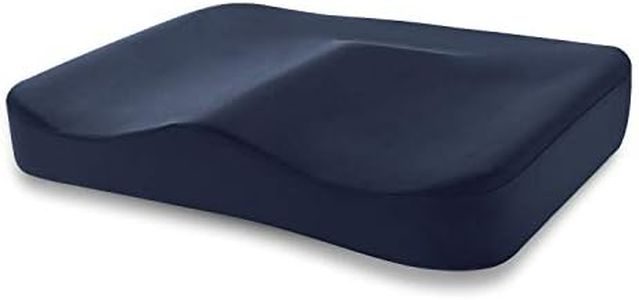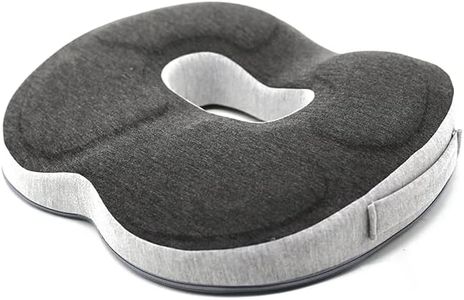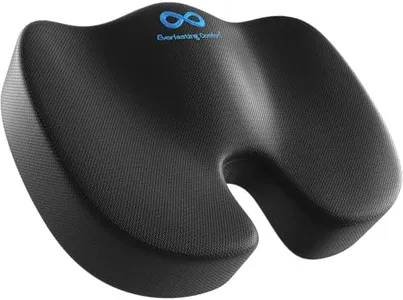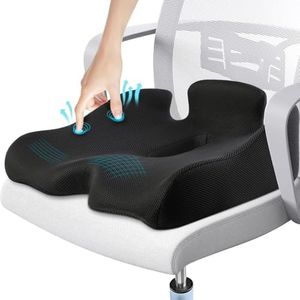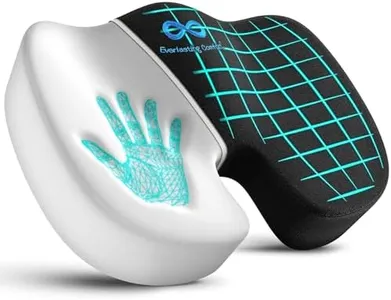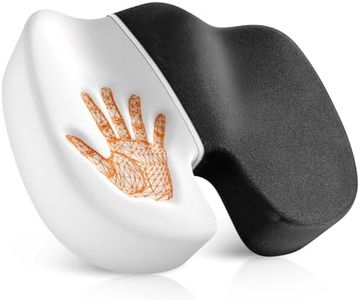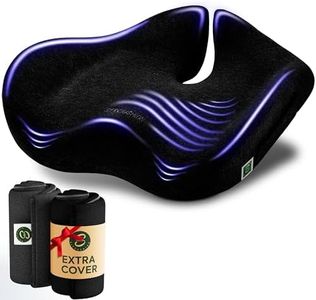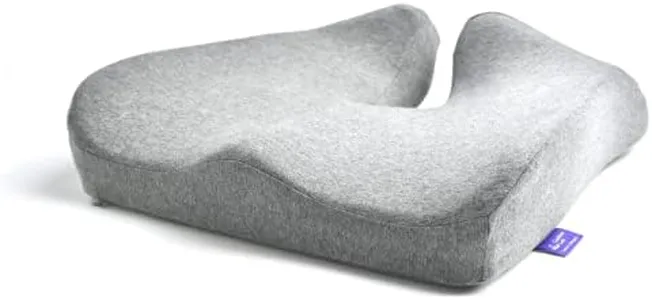We Use CookiesWe use cookies to enhance the security, performance,
functionality and for analytical and promotional activities. By continuing to browse this site you
are agreeing to our privacy policy
10 Best Sciatica Seat Cushions
From leading brands and best sellers available on the web.Buying Guide for the Best Sciatica Seat Cushions
Choosing the right sciatica seat cushion can make a big difference in your daily comfort, especially if you spend long periods sitting at a desk, driving, or at home. The goal is to find a cushion that helps properly align your spine, reduce pressure on your sciatic nerve, and promote better posture. It's important to understand what makes each cushion different, so you can match your choice with your unique needs and where you'll use it most.MaterialThe material of the cushion determines both comfort and support. Common options are memory foam, gel, and high-density foam. Memory foam molds itself to your body shape and provides targeted support, making it a good choice for most people with sciatica. Gel additives help with temperature regulation and prevent the seat from getting too warm during long periods of use, while high-density foam can offer firmer support that some users prefer. If you prioritize softness and adaptive fit, memory foam is a good pick. For those who overheat or want firmer support, look to gel or high-density foam.
Shape and ErgonomicsThe shape of a sciatica cushion directly affects how well it relieves pressure. Most are contoured in a U-shape or have a cut-out section to reduce strain on the tailbone and align the spine. U-shapes and coccyx cut-outs are designed to relieve pressure right on the sensitive areas, which is essential for sciatica relief. If you’re looking for focused relief due to sciatic nerve pain, go for a cushion with a clear cut-out or contoured shape. Flat cushions or those with minimal contour are better if you primarily want added comfort without specialized support.
FirmnessFirmness is all about how much give the cushion has when you sit on it. A cushion that is too soft may flatten out quickly and stop being effective, while one that is too firm might not give you enough comfort. Firmness is usually labeled as soft, medium, or firm. If you have severe pain and need maximum support, a medium to firm cushion is usually better. For occasional discomfort, a softer cushion may be more comfortable. Think about your body size too—heavier users often benefit from firmer cushions.
ThicknessThickness affects both comfort and the height the cushion will add to your seat. Thicker cushions provide more support and can help if you’re sitting for long periods, but may raise your height too much for certain chairs or desks. Most seat cushions range from 2 to 5 inches thick. If you are petite or use a low chair, thinner cushions help keep your feet on the ground and your posture correct. If you’re heavier or need extra cushioning for long hours, a thicker cushion may suit you better.
Cover Material and MaintenanceThe cover of a seat cushion impacts how easy it is to keep clean and how comfortable it feels against your skin. Look for removable, washable covers for convenient cleaning. Breathable fabrics like mesh or cotton blends help keep you cool, while velour or plush covers may feel more luxurious but can hold heat. If you plan to use your cushion every day or in different locations, prioritize covers that are both comfortable and machine-washable.
Portability and SizePortability is important if you want to use your cushion in multiple places, like at the office, in the car, or at home. Lighter cushions with carrying handles are easier to take on the go. Size matters too—make sure the cushion fits your chair or seat and gives you full support without hanging off the edges. If you use different seats throughout the day, choose a lightweight, compact cushion that’s easy to move. For use in a single spot, a larger or heavier cushion can be fine.
